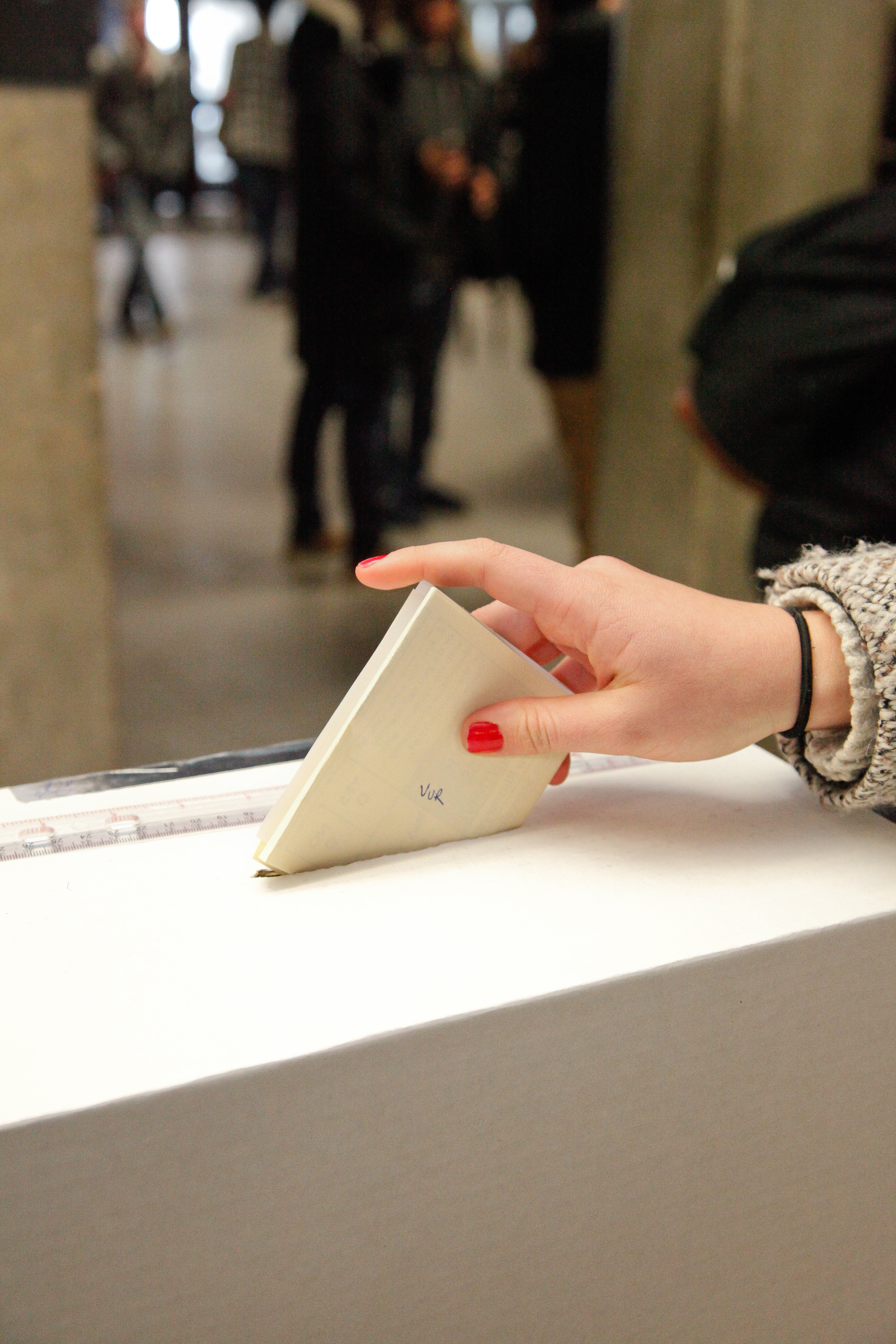The department of computer science and the Autonomous Agents Laboratory (AAL) at the U of M can add another feather to their cap, as the robotics team known as the SnoBots won first prize in the kid-size division at the 2013 FIRA HuroCup in Kuala Lumpur, Malaysia this summer.
One of the oldest robotics contests in the world, the Federation of International Robot-soccer Association (FIRA) HuroCup is a competition in which humanoid robots must compete in several different events that include sprinting, weight lifting, basketball free-throws, soccer penalty kicks, a climbing wall, and so on. Much like gymnastics teams in the Olympics, teams receive points for each category and a winner is declared based on the highest overall score at the end of the competition.
The University of Manitoba SnoBots finished the competition first place in wall climbing, first in weight lifting, second in “united soccer” (a team-based robot soccer contest), fourth in sprinting, and fifth in soccer penalty kicks, all in the kid-size division. Their cumulative score secured the SnoBots, named Jimmy and Jeff, first place in the all-around event, the HuroCup’s coveted King’s class.
The software for the SnoBots has been under development for over a decade through the work of the head of the computer science department, Dr. John Anderson, as well as Dr. Jacky Baltes, and a rotating line-up of students that have come and gone from the faculty over the years. Chris Iverach-Brereton is one of those students, a graduate in the department of computer science currently pursuing a master’s degree. Iverach-Brereton explains the process of developing the Snobots and how they came to exist.
“For the last several years the University of Manitoba’s Autonomous Agents Laboratory has been sending teams to these sorts of international robotics competitions,” said Iverach-Brereton. “The 2011 competitions were our first year using our current humanoid robots – commercially-manufactured DARwIn-OP research robots made by the Robotis Corporation from South Korea. Because we’re part of the computer science department our expertise lies mainly in writing the software that controls the robots and less in the mechanical and electronics engineering that goes into their design.”
The software developed by the Autonomous Agents Lab allows the robots to act without any human directive, meaning rather than a human deciding how the robot will respond and telling it what to do the robots must be designed to recognize challenges and respond in an appropriate manner.
“The robots are all autonomous [which] means there is no direct human control,” explains Iverach-Brereton. “The robots’ software must process input from its sensors and decide for itself what it should do. If the robot is navigating an obstacle course it must be able to identify the obstacles based on their colour and shape. Once it sees an obstacle it must decide if it can continue walking straight, or if it must turn [ . . . ] to avoid it. Likewise for soccer, the robot must find the ball and goal posts, and walk to the ball in such a way that it’s lined up and can kick the ball in the appropriate direction.”
One may wonder what practical use these robots have, but Anderson maintains that competitions such as these aid researchers to better develop artificial intelligence that is capable of replicating human skills by forcing them to be able to function outside of the walls of a laboratory.
“In the past artificial intelligence has been guilty of specializing too much,” Anderson explains. “In robotics we’d work on a basic walking gait, but make assumptions that would allow it to work well in a lab but be difficult to transfer in the real world.”
“The competitions [ . . . ] are designed to try to remove the temptation to be satisfied with lab conditions, and to add real-world pressure to research,” said Anderson, adding “Something has to work on demand, not after hours of tweaking things to make it fit the conditions well, and all the skills have to be working together to meet the challenges.”
Anderson also noted that by creating robots that are able to accomplish a multitude of tasks rather than just one function, they are able to complete duties that can be difficult, time consuming, or repetitive for humans.
“The FIRA competition we just won embodies a range of challenges for the humanoid form,” says Anderson. “To be able to do well, you have to be good at a mix of skills involving upper and lower body work together, as well as perception, understanding the world around you, interacting with others, and so on. [ . . . ] The end goal is to have intelligent systems embodied in robots that can do things for us in the world we live in, this can be anything from household chores to office assistants to entertainment in terms of everyday life.”
While the prospect of robots doing human work can cause fear of loss of employment, Iverach-Brereton maintains that robots should not replace humans, but rather enhance their work and their lives in ways that were once not possible.
“My father worked for years designing and building environmental control systems to allow sick or paralyzed people to control appliances in their homes without relying as heavily on home-care workers,” recounts Iverach-Brereton. “For someone confined to a wheelchair or a bed and unable to move their arms, giving them the ability to change the channel on their TV or turn a lamp on and off by sipping and puffing on a tube gave them an enormous amount of independence. I feel like I’ve inherited a little bit of that altruistic attitude; I want my work to help people.”
A playlist of videos from the FIRA 2013 HuroCup can be found here.
This article was originally published in the Gradzette.


